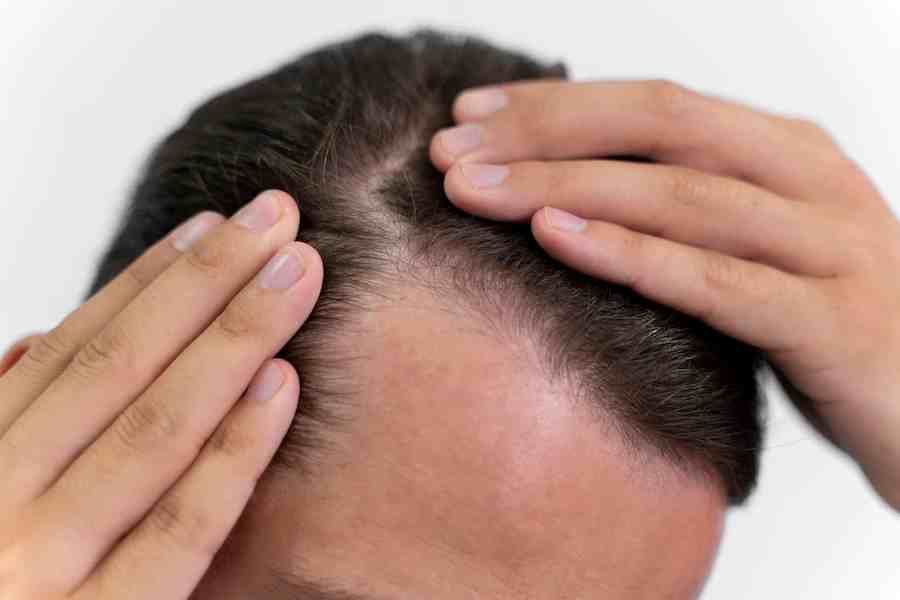Hair growth
Hair performs various functions for the human body, besides adding to a person’s personality. How good you look depends in large measure on the kind of hair you have. Hair loss can be traced to heredity, disease or stress. In medical hair restoration the surgeon employs the hair transplantation route, which is a permanent and safe solution for treating the malady.
Hair is composed of a protein called keratin. Each hair strand comprises a hair follicle and hair shaft, and has three layers. The innermost layer, or modula, is found in large thick hair. The middle layer, called cortex, provides the hair its color and texture. The cuticle, or outer layer, protects the cortex.
In healthy people hair growth is a constant process. This is because new hair cells are being constantly formed at the base of the follicle. The growth occurs after the male sex hormone androgen activates specific areas of the body.
Hair growth is individual specific: some have more and some less, depending on a host of factors led by heredity. Besides, the hair on the scalp grows faster than on the leg. In genetically determined hair loss no new hair follicles get formed.

Cycles of hair growth
Hair grows in three cycles. The first, called anagen, is the growth phase. Catagen is the involuting or regressing phase and telogen, the third, the resting phase.The anagen phase is the reawakening of the follicle’s growth stage where a newly formed hair begins to grow. This phase can last from weeks to years. The rate of growth depends on factors such as the body part, gender and a person’s hormonal constitution.
Growth slows down in the second phase – the catagen – and continues into the last phase, the telogen. This last is a phase of inactivity or rest. In it the hair separates from the dermal papilla and becomes incapable of receiving nourishment. No new hair cell gets formed and the inactive hair is kept in place by a thin strand of epidermal cell. At the end of the last stage the hair shaft is held in place only mechanically.
Why does hair growth stop?
There are three stages of human hair growth – anagen, catagen and telogen. After the last stage of hair growth, telogen, there is no new growth.
Several factors contribute to pattern baldness . The main reason for male pattern baldness is hereditary. Other factors include medication, radiation, chemotherapy, exposure to chemicals, thyroid dysfuntion, generalized or local skin diseases and stress. Hair thinning is caused by a short anagen phase and an inordinately long telogen phase. This eventually leads to the hair follicles drying up completely, spelling the end of the growth cycle. The only way of countering hair loss is to go in for medical hair restoration through hair transplantation – a sure shot way of achieving permanent medical hair restoration.



